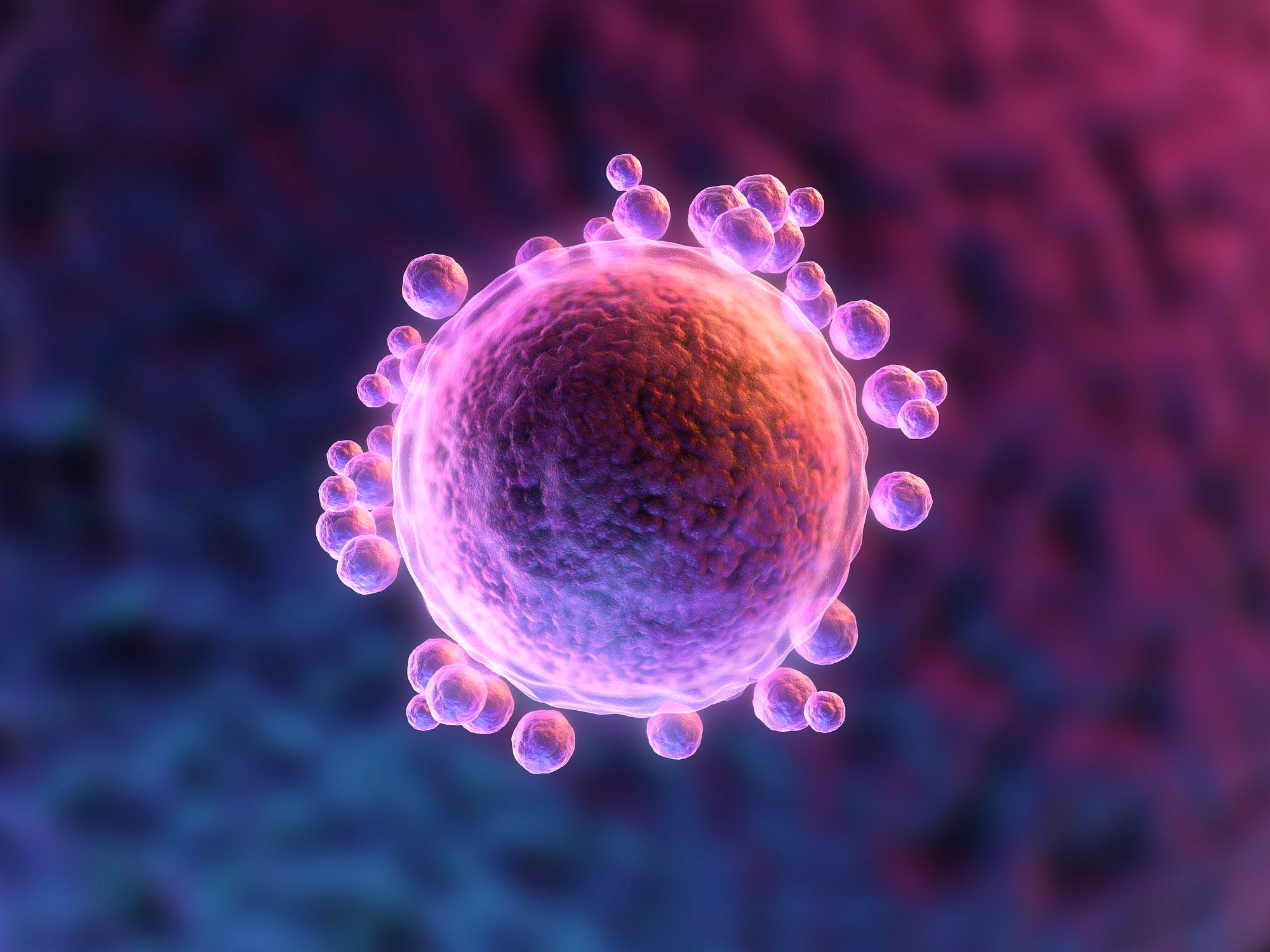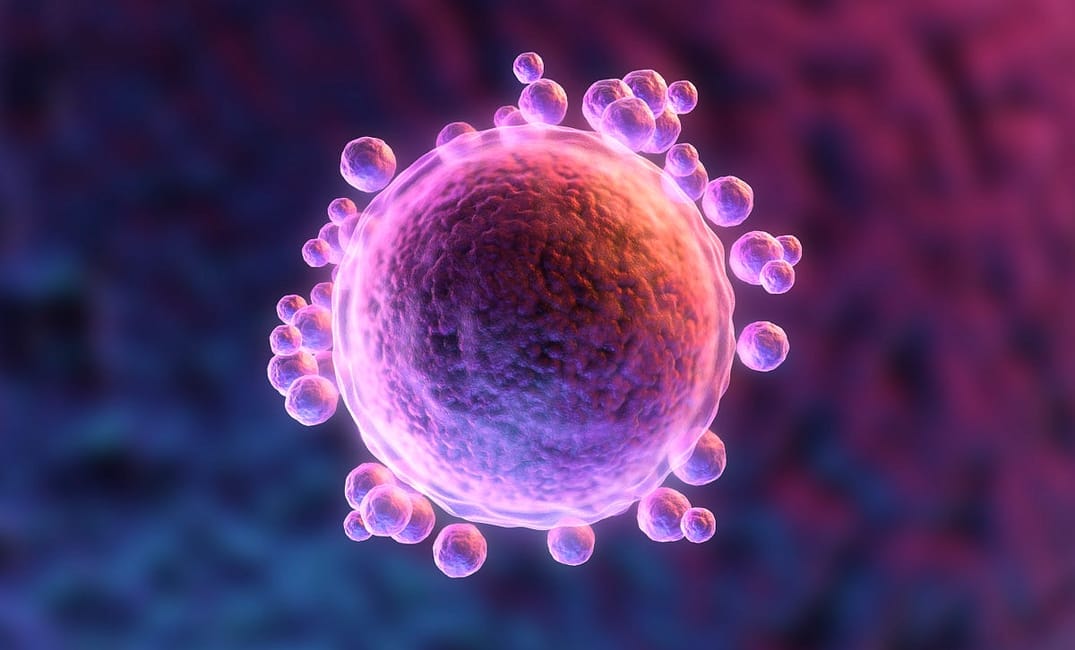
I’ve watched enough Keeping Up with the Kardashians to know what my ovaries are supposed to look like on the scratchy black-and-white screen. Where there should be a lot more circular forms, it looks alarmingly blank.
My doctor, who is making a lot of low “hmms” as he evaluates the image, asks the technician to type numbers into the computer as I try to focus on anything other than that uncomfortable feeling of a probe up my vagina.
“Well, you’re not not fertile,” he says.
Reassuring.
I’m not even sure how I got here. Physically, I took the Muni, but mentally, a fertility appointment wasn’t really on my early-30s radar. Until it was. And then I was at an information session. And then on a phone consultation. And then, here I am, using my lunch break to start the process of freezing my eggs.
Or so I thought.
My husband works for a big tech company that offers incredible health benefits. Since I’m lucky enough to be the beneficiary of one of those plans, I get access to perks I had never even dreamed of before. One cycle of egg freezing in San Francisco costs around $15,600, and on average, women elect to do more than two egg-freezing cycles, according to Fertility IQ, a database for information about fertility benefits and treatments. Without a health benefit that covers that cost, those statistics would have made me chuckle and move on with my day. I’m a 31-year-old writer, after all.
There I was, not sure I even wanted kids and learning that my chances of having them may be statistically low anyway.
But as other 30-something tech-employed friends with similar benefits began to talk about their successful or planned egg freezing, I thought, Why wouldn’t I take advantage of such a rare benefit? We’re in San Francisco, so I may as well do as the San Franciscans do. So there I was, not sure I even wanted kids and learning that my chances of having them may be statistically low anyway.
Hello, anxiety, nice to see you.
The examination of those little circles on the screen was an important part of the egg-freezing process — it’s how you get a basal antral follicle count, which gives an indication of ovarian reserve. My number was four, but it should have been closer to 15 or even 20. Using this number in conjunction with your anti-Müllerian hormone level, which is taken through a blood test, you can get a good estimate of how many eggs you can expect to freeze. And if you know that particular Kardashian episode I’m referring to, I was Khloe during her first appointment.
“But it only takes one,” the doctor said. Thanks for the biology lesson.
The egg-freezing market is projected to grow by 25% annually over the next two years, according to Fertility IQ. The average age at which women freeze their eggs is decreasing too—from 38 in 2016 to 35 in 2018. The younger you are when you freeze, the better, but it’s also the less likely you’ll end up needing them at all (only about 10% of women actually go back to use their stash).
It’s not just freezing your eggs that’s becoming big business—so is the ability to simply learn more about your fertility.
The lack of data isn’t helping this generation of women. The Society for Assisted Reproductive Technology says that 10,936 women froze their eggs in 2017, which is hardly enough for several robust studies to result in reliable data sets.
And it’s not just freezing your eggs that’s becoming big business — so is the ability to simply learn more about your fertility. Companies like locally based Modern Fertility, which just raised another $15 million in funding in June, are hoping to boost our knowledge with plans to develop a database of anonymized data about its young demographic. If you’re in my age demographic, chances are they’ve been hitting you hard with targeted ads on Instagram.
Why let something that I gave little thought to yesterday now suddenly cloud my entire future?
Of course, most women don’t have access to proactive fertility screening like I did. Fertility benefits are rarely covered in typical health plans, and they’re not covered by federal insurance. On some plans, reactive “infertility” testing may be covered, but a patient has to jump through hoops to prove that they’ve been trying to get pregnant for a year (I’m unclear of how?).
The idea behind Modern Fertility is that it wants to make the process of finding out this information incredibly easy. You just take the company’s test at home, which measures the levels of eight hormones that are associated with fertility, for just $159. That price also includes a one-on-one phone consultation with a nurse.
While that feels like nothing in comparison to $1,500, especially in the Bay Area, where you’re likely to spend that amount during a weekend of dinners and drinks, does a 26-year-old really need to know that when she wants to have kids in five years, it could be tough? For some, more information may be empowering and needed. But for others, it may cause more harm than help.
As I walked home from my appointment—a long, hilly stroll I hoped would clear my head—I tried to take hold of my emotional state. Why let something that I gave little thought to yesterday now suddenly cloud my entire future? I didn’t have to if I didn’t want to, I realized.
A few weeks later, an ominous email showed up in my inbox, letting me know that I’m a carrier of a genetic disease. Frantically logging in to the portal to learn more, I discover that it’s a disease I’ve never even heard of—Wilson’s disease. The discovery was a result of the tests done on the quarts of blood I’d given at the initial appointment—which made tests like 23andMe look like child’s play.
An extensive amount of heart-racing Googling later, I find out that the disease is treatable and that the likelihood of any potential offspring inheriting it is low. But now I have to share with all my siblings (that’s four) that there’s a possibility they could be a carrier or that their already-born children may develop it.
At least I’m not the only one who’s going to be flush with a low, ever-present anxiety.
My generation’s access to information is unparalleled. We share Google calendars and our locations. We know how many steps we’ve walked, who’s looked at our Instagram Stories, and how many calories we’ve eaten at lunch. But it seems like the dearth of information can make us rush through life, lacking human and emotional connections and producing “the anxious generation” that I’m a part of.
Now I’m left to weigh my options. There are ways to try to raise your follicle count before egg freezing. And now there’s the added option of freezing embryos as opposed to eggs, which I hadn’t considered before, and that process has a much higher success rate. But the freezing of embryos comes with its own ethical and legal considerations, which are dizzying to contemplate, even for a seasoned liberal in a happy relationship.
The fertility clinic keeps following up, but every time I open the email to respond, my cursor blinks on the blank page, the screen glaringly white with its absence of words. I stare at it as I consider my schedule, what I’d be putting my body through, and my general future—and then I click over to another tab.
Was all of this information really better to learn? In my case, at least, I’m not so sure.







